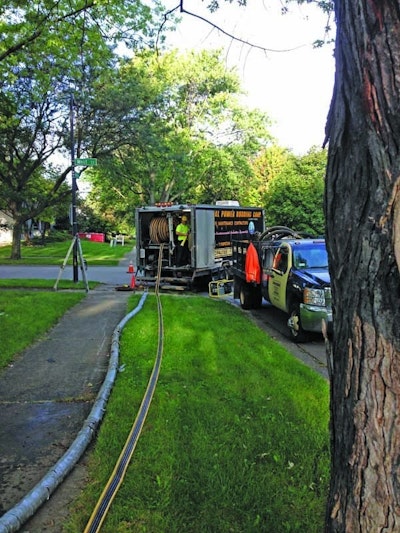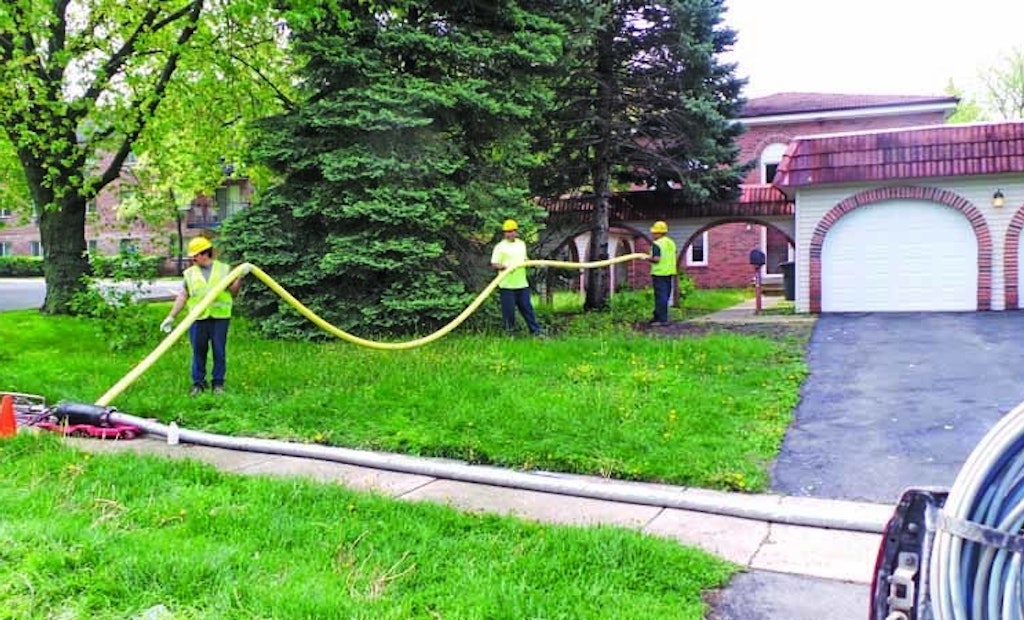Grout is coming into its own as a remedy for collections system inflow and infiltration.
The types and specific uses for grout have never been more diverse. And with national standards for grouting now well established, municipalities and contractors have never had better...









